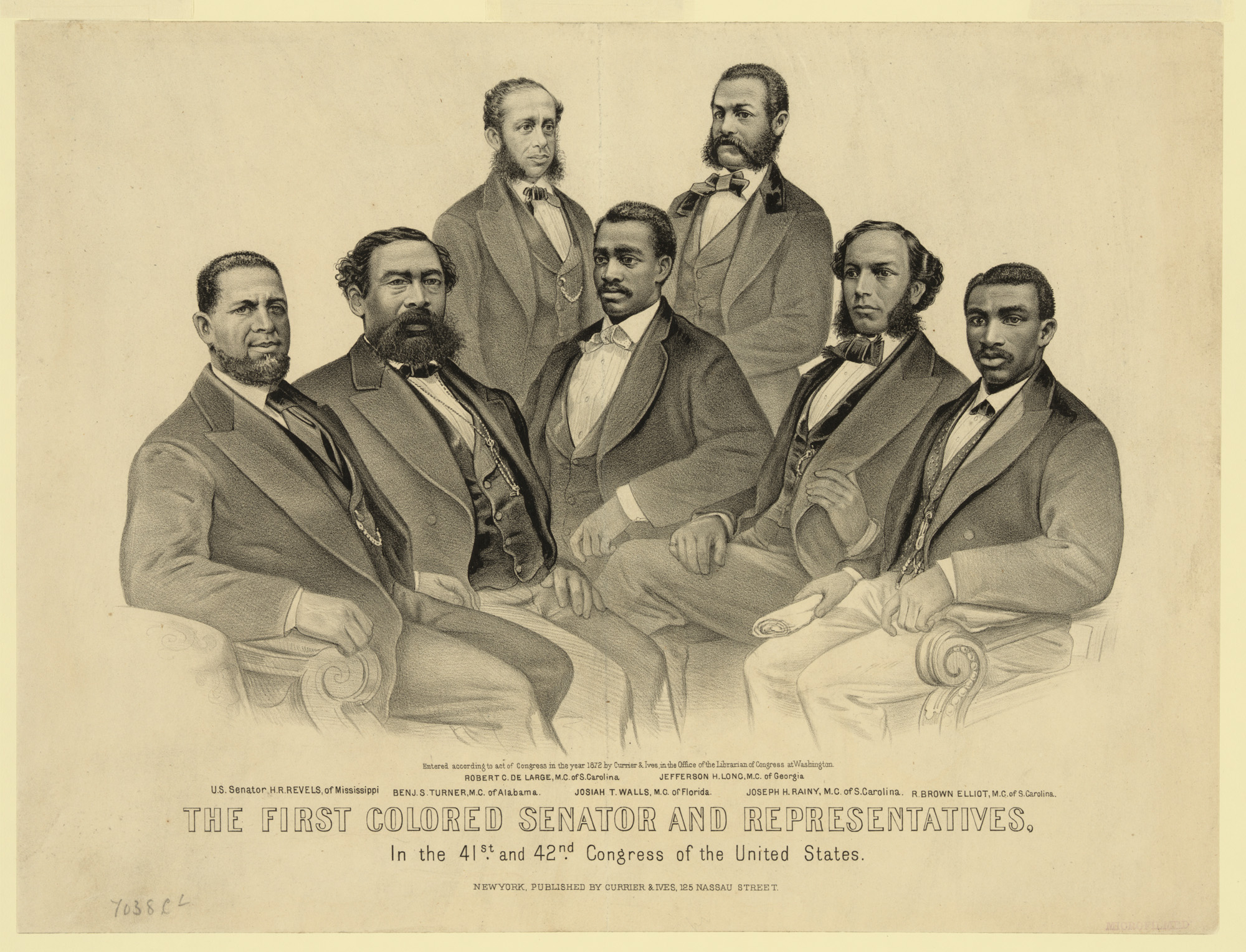Report on the Contributions of Ronald J. Tabak to Sustainable Development Goals 10 and 16
Introduction
This report details the career of attorney Ronald J. Tabak and analyzes his contributions to the advancement of the United Nations Sustainable Development Goals (SDGs), particularly SDG 16 (Peace, Justice and Strong Institutions) and SDG 10 (Reduced Inequalities). Tabak’s work in criminal justice reform, specifically his efforts to expose and rectify injustices within the capital punishment system, serves as a significant case study in promoting the rule of law and ensuring equal access to justice for all.
Advancing SDG 16: Peace, Justice, and Strong Institutions
Mr. Tabak’s career was fundamentally aligned with the objectives of SDG 16, which seeks to promote just, peaceful, and inclusive societies. His work directly supported key targets aimed at building effective, accountable, and inclusive institutions at all levels.
Promoting the Rule of Law and Equal Access to Justice (Target 16.3)
A primary focus of Tabak’s professional life was ensuring fairness and accuracy within the justice system. His initiatives provided critical legal support to vulnerable populations and challenged institutional shortcomings.
- Skadden Pro Bono Program: In 1985, Tabak joined Skadden, Arps, Slate, Meagher & Flom LLP, where he developed the firm’s pro bono program. This program established innovative outreach and partnerships with legal aid organizations, providing legal assistance that has proven the innocence of thousands of individuals. This directly contributes to ensuring equal access to justice, regardless of economic status.
- Franklin v. Franklin (1985): In collaboration with the Legal Defense Fund (LDF), Tabak achieved a Supreme Court victory that addressed a due process violation. The case reinforced the necessity for precise jury instructions to prevent an improper shift in the burden of proof, thereby strengthening the institutional integrity and fairness of the judicial process.
Protecting Fundamental Freedoms and Combating Discrimination (Target 16.B)
Tabak’s work consistently challenged discriminatory practices and sought to protect the rights of marginalized groups within the legal system, a core component of building just institutions.
- State of Georgia v. Gates: Tabak was instrumental in securing the innocence of Johnny Gates, who had spent 26 years on death row. The case led to a finding of “undeniable racial discrimination” in the original trial, highlighting and combating systemic bias in the justice system.
- Atkins v. Virginia (2002): Tabak’s legal arguments contributed to the landmark Supreme Court ruling that sentencing individuals with intellectual disabilities to death constitutes cruel and unusual punishment. This victory established a critical protection for a vulnerable group, ensuring that laws are applied in a non-discriminatory and humane manner.
Addressing SDG 10: Reduced Inequalities
Tabak’s efforts to reform the capital punishment system directly addressed the systemic inequalities targeted by SDG 10, which aims to reduce inequality within and among countries.
Ensuring Equal Opportunity and Reducing Inequalities of Outcome (Target 10.3)
By focusing on cases where race and disability were factors in unjust outcomes, Tabak worked to eliminate discriminatory practices and ensure equal opportunity within the legal framework.
- His work in the Gates case, which proved racial discrimination, is a clear example of action taken to reduce inequalities of outcome within the criminal justice system.
- By establishing the unconstitutionality of executing individuals with intellectual disabilities in the Atkins case, he helped dismantle a practice that disproportionately affected a marginalized community, thereby promoting greater equality before the law.
Fostering SDG 17: Partnerships for the Goals
Mr. Tabak’s career exemplified the spirit of SDG 17, which emphasizes the importance of partnerships to achieve sustainable development. He effectively built and leveraged collaborations between the private sector, civil society, and legal institutions.
Multi-Stakeholder Collaborations for Justice
- Private Sector and Civil Society: His development of the Skadden pro bono program represents a powerful partnership between a major international law firm and legal aid organizations like the LDF.
- Institutional Engagement: Tabak served in advisory and leadership capacities for numerous influential bodies, including the American Bar Association’s (ABA) Death Penalty Committee and the New York City Bar Association’s Capital Punishment Committee. These roles facilitated broad-based cooperation to research, educate, and advocate for a more fair and accurate death penalty system.
Conclusion: A Legacy Aligned with Global Goals
Ronald J. Tabak passed away on July 22, 2025, leaving a legacy of unwavering commitment to justice and equality. His life’s work demonstrates a profound and practical application of the principles enshrined in the Sustainable Development Goals. Through legal advocacy, institutional reform, and strategic partnerships, he made significant contributions to building stronger, more inclusive institutions (SDG 16), reducing systemic inequalities (SDG 10), and fostering the collaborative action necessary for systemic change (SDG 17). The Legal Defense Fund, in mourning his loss, recognized him as a “civil rights champion” whose efforts transformed lives and inspired a broader movement toward a more just legal system.
Analysis of the Article in Relation to Sustainable Development Goals
1. Which SDGs are addressed or connected to the issues highlighted in the article?
-
SDG 16: Peace, Justice and Strong Institutions
This is the most prominent SDG in the article. The entire text focuses on the work of Ronald J. Tabak and the Legal Defense Fund (LDF) to reform the criminal justice system, ensure fair trials, and fight against injustices like the death penalty. The article mentions efforts to “expose the shortcomings and biases of the justice system,” which directly relates to building effective and accountable institutions. The work on cases like Franklin v. Franklin to ensure “precise and clear jury instructions” and the mission of the ABA Death Penalty Due Process Review Project to “ensure fairness and accuracy in death penalty systems” are core to achieving Goal 16.
-
SDG 10: Reduced Inequalities
The article highlights work that directly addresses inequalities within the justice system. It points to the case of State of Georgia v. Gates, where “undeniable racial discrimination” was a key factor. This connects to reducing inequality based on race. Furthermore, the landmark victory in Atkins v. Virginia, which ruled that sentencing individuals with intellectual disabilities to death is unconstitutional, is a clear example of protecting a vulnerable group and reducing inequalities based on disability.
-
SDG 17: Partnerships for the Goals
The article describes the collaborative nature of the work undertaken to achieve justice. It notes that Tabak developed Skadden’s pro bono program, which succeeded through “effective partnerships with legal aid organizations.” His collaboration with the LDF on multiple cases is a prime example of a partnership between a private-sector law firm and a civil society organization to advance a common goal.
2. What specific targets under those SDGs can be identified based on the article’s content?
-
Target 16.3: Promote the rule of law at the national and international levels and ensure equal access to justice for all.
This target is addressed through the development of Skadden’s pro bono program, which “has helped prove the innocence of thousands of people” by providing legal aid to those who might not otherwise afford it. The work on Franklin v. Franklin, which addressed a “violation of the due process clause,” is a direct effort to promote the rule of law and ensure justice is administered fairly for all.
-
Target 16.b: Promote and enforce non-discriminatory laws and policies for sustainable development.
This target is identified in the fight against systemic bias. The article explicitly mentions the finding of “undeniable racial discrimination” in the case of Johnny Gates, whose legal team worked to overturn a wrongful conviction. This work directly challenges discriminatory practices within the justice system and promotes the enforcement of non-discriminatory principles.
-
Target 10.3: Ensure equal opportunity and reduce inequalities of outcome, including by eliminating discriminatory laws, policies and practices.
This target is evident in the efforts to abolish capital punishment, which the article frames as a “scourge” disproportionately affecting certain populations. The work to expose and rectify “shortcomings and biases of the justice system” aims to reduce inequalities of outcome, ensuring that factors like race or disability do not determine legal results.
-
Target 10.2: By 2030, empower and promote the social, economic and political inclusion of all, irrespective of… disability, race… or other status.
This target is clearly linked to the precedent-setting case of Atkins v. Virginia. By arguing successfully that sentencing those with intellectual disabilities to death is unconstitutional, Tabak’s team worked to protect and ensure the rights of a specific vulnerable group (people with disabilities) within the legal system.
-
Target 17.17: Encourage and promote effective public, public-private and civil society partnerships.
The article provides a clear example of this target in action. It describes how Ronald Tabak, at the international law firm Skadden, Arps, developed a pro bono program that relied on “effective partnerships with legal aid organizations” like the LDF. This collaboration between a private firm and a civil rights organization exemplifies the partnerships needed to achieve justice-related goals.
3. Are there any indicators mentioned or implied in the article that can be used to measure progress towards the identified targets?
-
Number of individuals provided with pro bono legal assistance.
The article implies this indicator by stating that Skadden’s pro bono program “has helped prove the innocence of thousands of people.” This number serves as a direct measure of access to justice for those unable to afford legal representation (relevant to Target 16.3).
-
Number of wrongful convictions overturned.
This is a key performance indicator for a more just and accurate legal system. The article provides a specific example with Johnny Gates, who “spent 26 years on death row” before his innocence was secured. This measures progress in correcting institutional failures (relevant to Target 16.3).
-
Establishment of legal precedents protecting vulnerable groups.
The article points to the Supreme Court ruling in Atkins v. Virginia as a major victory. This ruling, which protects individuals with intellectual disabilities from the death penalty, serves as a qualitative indicator of progress in eliminating discriminatory practices and reducing inequalities (relevant to Targets 10.2 and 10.3).
-
Number of cases successfully challenged on the basis of racial discrimination.
The mention of “undeniable racial discrimination” in the State of Georgia v. Gates case suggests that identifying and overturning such cases is a measure of progress. This indicator tracks the enforcement of non-discriminatory policies (relevant to Target 16.b).
-
Number of active partnerships between private sector and civil society organizations for justice.
The collaboration between Skadden and the LDF is presented as a model. The existence and success of such partnerships can be used as an indicator to measure progress toward Target 17.17.
4. Table of SDGs, Targets, and Indicators
| SDGs | Targets | Indicators (Identified or Implied in the Article) |
|---|---|---|
| SDG 16: Peace, Justice and Strong Institutions |
16.3: Promote the rule of law… and ensure equal access to justice for all.
16.b: Promote and enforce non-discriminatory laws and policies. |
– Number of individuals provided with pro bono legal assistance (“thousands of people”). – Number of wrongful convictions overturned (e.g., Johnny Gates). – Number of cases successfully challenged on the basis of discrimination (e.g., State of Georgia v. Gates). |
| SDG 10: Reduced Inequalities |
10.2: Empower and promote the inclusion of all, irrespective of… disability, race…
10.3: Ensure equal opportunity and reduce inequalities of outcome… by eliminating discriminatory… practices. |
– Establishment of legal precedents protecting vulnerable groups (e.g., Atkins v. Virginia ruling for those with intellectual disabilities). – Overturning convictions based on racial discrimination to reduce inequalities of outcome. |
| SDG 17: Partnerships for the Goals | 17.17: Encourage and promote effective… civil society partnerships. | – Number of active partnerships between private law firms and civil society organizations (e.g., Skadden’s pro bono program and its partnership with LDF). |
Source: naacpldf.org
![]()






